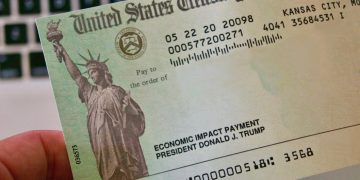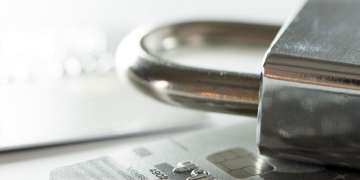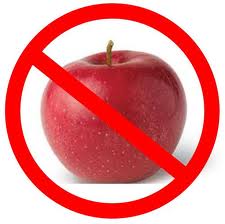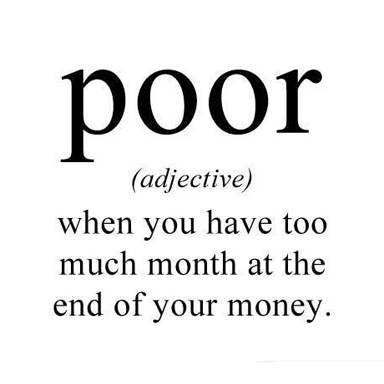I woke up this morning to an alert from Chase in my inbox. Thinking that I had somehow gone below my minimum balance alert (you know, $0) I opened the message, only to find out that Chase was warning me that someone hacked the database of the company that they use to send out e-mail messaged. Actually they didn’t say that it was hacked since they like to put things more succinctly than I do. What they said was, “an unauthorized person outside Epsilon accessed files that included e-mail addresses of some Chase customers.”
I’m not the only one that received that e-mail. Chances are that if you bank with Capital One, Barclays Bank, U.S. Bancorp and Citigroup, you’ll be getting that lovely e-mail too. Fun times.
Although they claim that only e-mail addresses was compromised, they are warning customers to not click on any links in e-mails that ask for confidential information including log-in user names and passwords. Also, beware of spoof sites that are set up to look just like the real site, but are really designed to get your log-in information. How can you tell? Simply mouse over a link in any message and look to the bottom left of any browser to see what destination link shows up. If it’s the real site then you’re likely safe, but you can always just type the real URL into the address bar to be 100% sure. When you do so, the site should automatically change to the encrypted, secured version which changed the URL from http to https.
Gotta love hackers. Happy and safe banking!





















